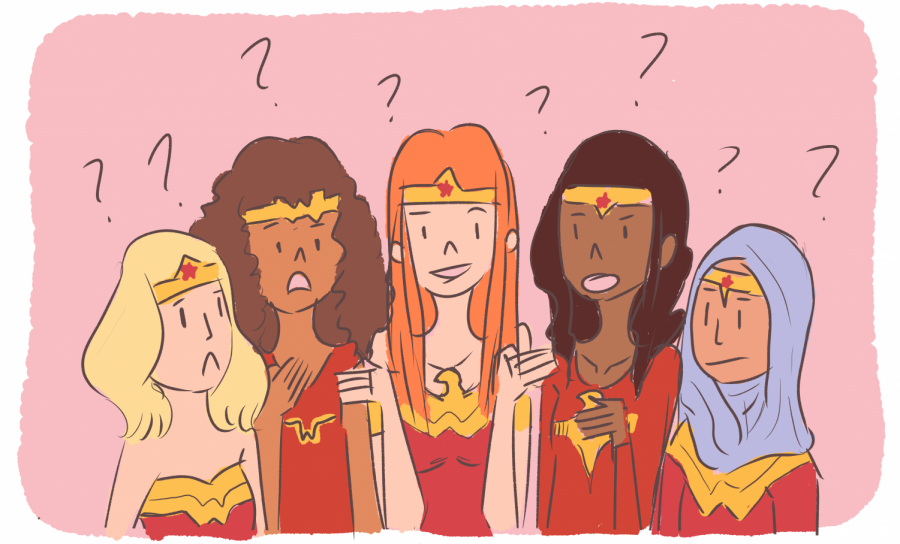Why Representation in Cartoons Is Essential
August 26, 2019
When I was ten-years-old I watched Big Hero 6, a movie that shaped my future. The main character, Hiro Hamada, was half-Asian and half-white — just like me. It was the first time I saw a character who reflected who I am. I loved him so much that I even got a haircut like his! I remember beaming when my cousin said I looked just like Hiro.
Big Hero 6 was the beginning of my love for animation. As time progressed I pinpointed the exact reason I wanted to become an animator — to give kids the same feeling when I saw Hiro, that of validation.
Cartoons and animated movies that portray a vast spectrum of people introduce children to diverse cultures and experiences. It teaches kids to be accepting and empathetic towards different kinds of people. But most importantly, representation in cartoons teach kids that it’s okay to be themselves.
If kids can see more characters like them, it gives them reassurance that there are others like them. There needs to be a trans superhero who flies in and saves the day; or a powerful sorcerer who is in a wheelchair; or a princess who wears a hijab rather than a crown. We need more movies like Spiderman: Into the Spiderverse, where biracial teen Miles Morales stars as the protagonist. We need more shows like Legend of Korra — where Korra and Asami, a same-sex couple, live happily ever after!
A kid’s self-image is often derived from what they see around them. That’s why it’s so imperative that the media they consume reflects diversity. Leaders in the animation industry, like Disney, need to set the bar. If Disney makes a film about a gay character, it will motivate other animation giants to follow suit. As consumers, we can influence the industry by choosing to watch animation that highlights characters outside of the expected norm. If we each do our part, we can help the next generation of ten-year-olds see a broader representation in their world.
Graphic courtesy of THEINNISHERALD.COM

